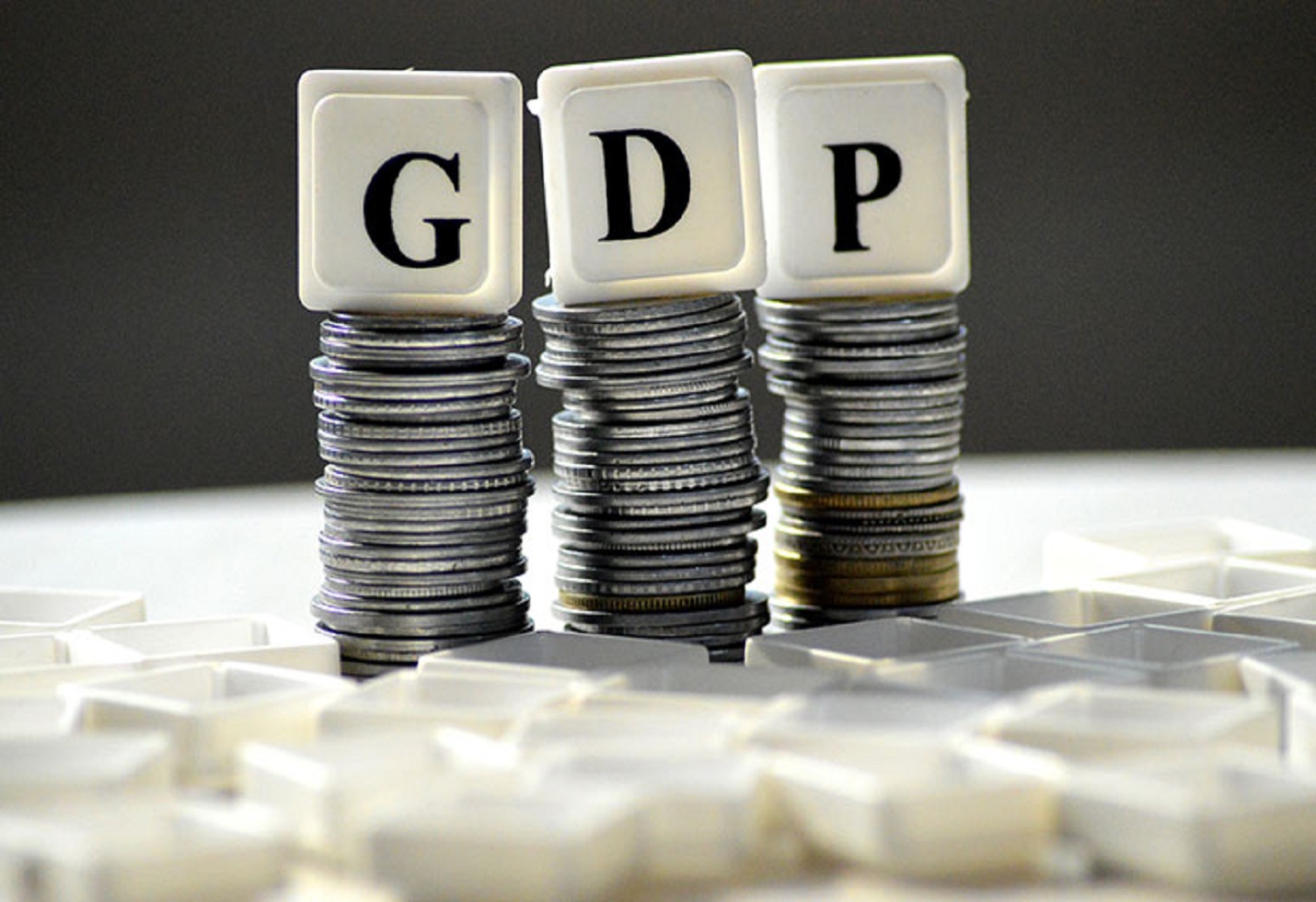Inox India Limited: Navigating the cryogenic frontier – IPO Insights
IPO note of Inox India Limited
Price Band: Rs 627-660
Issue Date: 14th Dec-18th Dec
Recommendation: Apply
Company Overview:
Inox India Limited is a leading manufacturer and supplier of cryogenic equipment, offering a diverse portfolio that includes standard cryogenic tanks, beverage kegs, bespoke technology, equipment, and solutions, as well as large-scale turnkey projects. Their extensive product range caters to various industries such as industrial gases, liquefied natural gas (LNG), green hydrogen, energy, steel, medical and healthcare, chemicals and fertilizers, aviation and aerospace, pharmaceuticals, and construction. From providing solutions for the storage and transportation of cryogenic fluids to contributing to the emerging fields of green hydrogen and LNG, Inox India Limited is committed to delivering innovative and customized cryogenic solutions across a broad spectrum of applications.
Company Profile:
Inox India Limited is a leading manufacturer and supplier of cryogenic equipment, offering a diverse portfolio that includes standard cryogenic tanks, beverage kegs, bespoke technology, equipment, and solutions, as well as large-scale turnkey projects. Their extensive product range caters to various industries such as industrial gases, liquefied natural gas (LNG), green hydrogen, energy, steel, medical and healthcare, chemicals and fertilizers, aviation and aerospace, pharmaceuticals, and construction. From providing solutions for the storage and transportation of cryogenic fluids to contributing to the emerging fields of green hydrogen and LNG, Inox India Limited is committed to delivering innovative and customized cryogenic solutions across a broad spectrum of applications.
The Objects of the Issue:
- Total Issue Size: Rs. 1459.32 Crore (at the upper price band of Rs. 660 per share)
- Offer Type: Entirely Offer for Sale (OFS)
- Number of Shares Offered: 2.21 crore shares
- Face Value per Share: Rs. 2
Outlook and Valuation:
- Inox India is the leading manufacturer of cryogenic storage tanks in India, holding a significant market share.
- The company has a robust order book worth over Rs. 1000 crore, indicating healthy demand for its products.
- Inox India is debt-free, which strengthens its financial position and provides room for future growth.
- The Indian gas industry is expected to grow at a CAGR of 10% in the coming years, which could benefit Inox India as a key supplier of storage tanks.
- Inox India Limited boasts superior EBITDA margins, exceeding 21%, a significant achievement compared to the average among listed capital goods players.
- The company has consistently delivered a Return on Capital Employed (ROCE) of over 30% in recent years, attributed to strong asset turns ranging from 1.4 to 1.8 times historically.
- The growing importance of green fuels, specifically liquid hydrogen, and a preference for liquefied natural gas (LNG) over diesel have contributed to robust top-line growth for Inox.
- The company has witnessed a commendable 14% Compound Annual Growth Rate (CAGR) in revenue over the period FY20-23 and a noteworthy 16% growth in the first half of FY24.
- Inox’s financial performance aligns closely with listed capital goods players, reflecting its competitive standing in the industry.
ISSUE OFFER Price band (INR) 627-660 Bidding date 14th Dec-18th Dec Total IPO size (Cr) 1,459.32 Fresh issue (Cr) NIL Offer for sale (Cr) 1,459.32 Market lot 22 Face value (INR) 2 Listing on NSE, BSE Retail Allocation 35%
Competitive Strengths:
- Inox India boasts a commanding market share in the Indian cryogenic storage tank market, exceeding 70%. This translates to strong brand recognition and customer loyalty.
- They offer a diverse portfolio of tanks catering to various capacities and applications, ranging from small units for medical labs to large facilities for industrial gas storage.
- Inox India serves a diverse clientele, including leading gas companies, government agencies, and pharmaceutical firms. This diversification mitigates risks associated with relying on a limited number of customers.
- Inox India Limited attains operational excellence through vertical integration, advanced technological expertise, and an experienced workforce, ensuring superior quality and efficiency in cryogenic equipment manufacturing.
- Inox India Limited demonstrates financial stability with a history of profitability, consistent revenue growth, a debt-free status enhancing financial flexibility, and a healthy order book reflecting sustained demand and growth potential.
Key Strategies:
Inox India Limited aims to capitalize on opportunities in the LNG and hydrogen sectors within the global clean energy transition, strategically capturing the full value chain across its product lines. The company plans to expand its standard cryogenic and non-cryogenic equipment business into international markets, further broadening its reach. Additionally, Inox aims to grow its large turnkey project business and remains committed to ongoing efforts to enhance operational efficiency and productivity.
Key Concerns:
- Inox India Limited, despite not owning the name “INOX,” utilizes it as part of its corporate identity under a name license agreement with the Jain family, entailing an annual royalty of 0.25% of consolidated revenues, with potential ad-hoc increases impacting the company’s financials.
- The company faces vulnerability to cyclical downturns in the global capital expenditure cycle, given its products’ long lifespan of 20-30 years, as a sharp decline in global capex demand could result in diminished demand, particularly in energy, steel, chemicals, fertilizers, aviation, and construction industries.
- Inox India Limited relies heavily on a limited number of private and public customers and projects for its major revenue streams, making its financial performance susceptible to fluctuations in these key areas.
- The company’s significant dependence on export sales exposes it to potential challenges in international markets, including geopolitical and economic uncertainties.
- Adverse shifts in component, raw material, or other input costs may negatively impact the pricing and supply of Inox’s products, potentially affecting its profitability.
- Given the inherent risks associated with cryogenic gases stored at very low temperatures, any leakage poses health hazards, adding a crucial safety dimension to the company’s operations.
- Inox India Limited’s exposure to performance guarantees introduces a potential negative impact on its business, emphasizing the importance of managing contractual obligations effectively.
PARTICULARS FY23 FY22 FY21 EBIDTA 204 168 135 EBIDTA Margin (%) 21.2% 21.4% 22.7% PBT 205 174 131 Adjusted PAT 153 130 96 EPS 16.8 14.4 10.6 ROCE 38% 32.4% 31.9% EV/Sales 6.1 7.6 10 EV/EBIDTA 29 35.4 44.1 P/E 39.5 44.3 64.4
The image added is for representation purposes only










